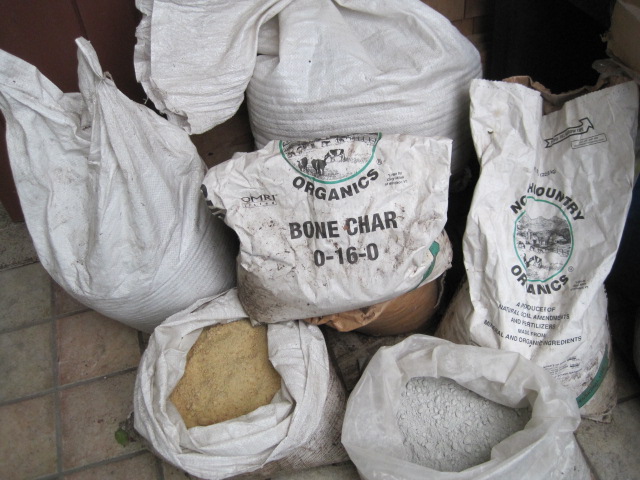
What Are the Best Organic Soil Amendments?
Become a better gardener! Discover our new Almanac Garden Planner features for 2024. It’s easy, fun, and free to try!
ADVERTISEMENT
We add a tablespoon of finely ground egg shells under the tomatoes when we plant them. How much is too much and is it appropriate to use it throughout the garden. We use a raised bed garden.
Eggshells generally decompose quite slowly, so we think of them more as something to add to compost. It’s more of a myth that crushed eggshells will prevent blossom end rot in tomatoes. This kind of calcium deficiency is not a result of inadequate calcium in the soil, but rather the ability of water to take up the calcium. The good news is that they won’t harm your soil or plants and they do add organic material for soil organisms.
If you’re ever worried about calcium in the soil, it’s best to do a soil test which is usually free or very low-cost through your cooperative extension. Agricultural lime and gypsum are good sources of calcium if your soil test says you need calcium.
Is there a reason to put egg shells in compost or the soil as an "organic soil amendment"?
Sure, eggshells add calcium. However, large chunks of eggshells will take at least a year to break down making their stored calcium plant available perhaps the next growing season.
I have two pecan trees that have been producing for about 10 years now. Each year the quality of the pecan seems to be deteriorating. The inside of the nut has a soft brown fuzzy like substance and reduced or stunted nut. I don’t know if the problem is disease or soil deficiency related.
There are a number of reasons why a mature pecan tree is not producing. But if the inside of the nut seems soft, you may have kernel rot. A fungicide should be used right away. We’d suggest that you reach out to a local cooperative extension office or pecan tree nursery.
Hi yall
The soil amendments I use are as follows
-Ground Comfrey Leaves
-Kelp
-Fish Meal
-Glacial Rock dust
-Greensand
-Homemade Worm Compost
Every spring and fall Ill spread 2" of compost and as much worm compost i can produce . The soil amendments i will evenly spread then turn it in the top 4" of my soil , i then will take my broadfork and work the whole garden . Ive turned a plot of land that was solid clay that turned into muck and solid concret into the most beautiful soil a gardener can imagine ... literally black gold .
I also make my own organic fermented fertilizer . If you all want to learn how just ask me trex1980 @ protonmail . com
Is the medium that mealworms are shipped in compostable ?? thank you, ralph
The material likely varies by company, but mealworms are typically shipped in a finely ground sawdust. This is indeed compostable.
GMO Soybeans have modified DNA for pest or herbicide resistance. Once ground into meal and added to soil, that DNA breaks down just like anything else. There is absolutely no difference as a soil amendment between GMO and Heirloom Soybean meal. Learn some science and don't waste your money.












